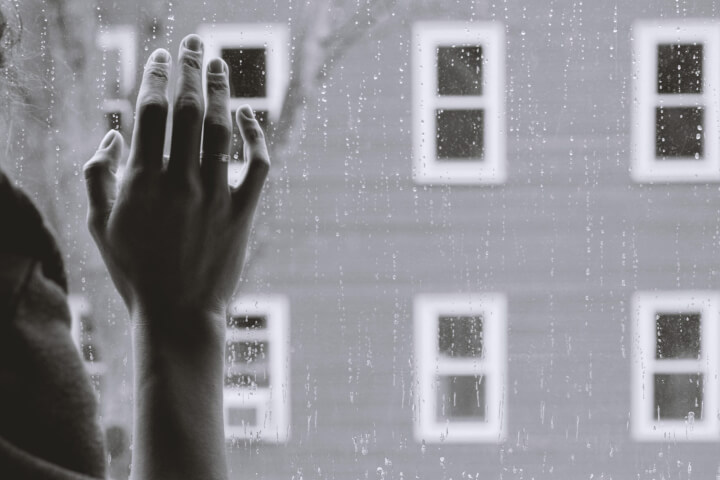This is supposed to be the happiest time of the year. Everyone is holly and jolly. The decorations are colorful, merry, and bright.
While everyone else seems to have the holiday spirit, you feel a bit like the Grinch. It’s almost as if you’re stuck in a snow globe, and someone keeps shaking the jar. You’re caught up in a storm that won’t seem to end. You’re feeling icy, cold, and hollow.
Seasonal depression is more than just feeling down. Let’s learn more about seasonal depression and why it’s a larger issue than just feeling the blues.
What is Seasonal Depression?
Seasonal depression is a form of depression that is triggered by a change in seasons. SAD, or seasonal affective disorder, is another term used to describe seasonal depression. Seasonal depression can have a negative effect on your life and how you think and feel about yourself and others, similar to any other form of depression.
The Cause
Just like other forms of depression, there isn’t one specific cause, reasoning, or factor. There are several theories behind some of the main causes of seasonal depression.
Seasonal depression usually occurs in late fall or early winter and can last through early spring. It is more likely to happen during this timeframe due to the colder months and less direct sunlight. The change in weather and temperature can affect other areas of your life, internally and externally.
Biological Clock
The change in sunlight during the day can affect your internal biological clock, which regulates your hormones, mood, and sleep. Even if your biological clock changes slightly, it can impact your day-to-day routine and schedule.
Deficiency in Vitamin D
Sunlight helps produce vitamin D, which is another key vitamin that can help with serotonin levels. When the fall and winter seasons happen, the amount of sunlight that someone can get during the day significantly decreases. This change in sunlight can affect not only your serotonin levels but also your mood.
Imbalances in Brain Chemicals
Your brain chemicals are what control the communications between the nerves. These communications include serotonin, which is responsible for making you feel happy. Sunlight is something else that can help your serotonin levels. When you’re struggling with seasonal depression, you’re already dealing with less serotonin. To make matters worse, when there’s less sunlight in the fall and winter months, it can lead to worsening signs and symptoms of depression.
The Signs and Symptoms
Seasonal depression shares a lot of the same signs and symptoms as any other form of depression. These are some of the most common signs and symptoms:
- Anxiety
- Changes in eating habits
- Difficulty concentrating
- Fatigue
- Heavy limbs
- Irritation
- Isolation
- Loss of interest in activities that were once enjoyed
- Sadness
- Sleeping issues
- Suicidal ideation
Next Steps
If you or a loved one is showing signs or symptoms of seasonal depression, you’re not alone. While there are certain lifestyle changes you can make to help reduce or minimize some of those signs and symptoms you may be experiencing, one of the best things you can do is to reach out for help from a trained and licensed mental health provider. Depression, no matter the type, is a serious mental health condition.
You don’t have to try to go through this alone, nor do you have to wait for fall or winter to pass. You deserve to be happy and healthy all twelve months of the year, and you can be. Help is available for you when you’re ready to receive it. Reach out to us today to set up a consultation for depression therapy.

